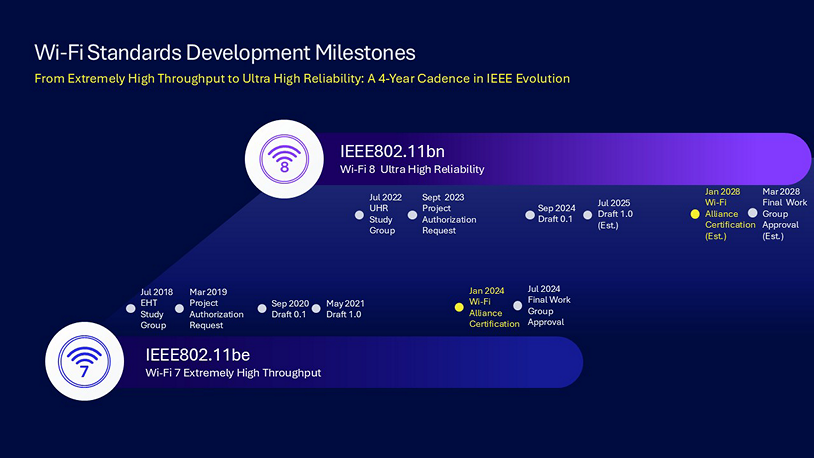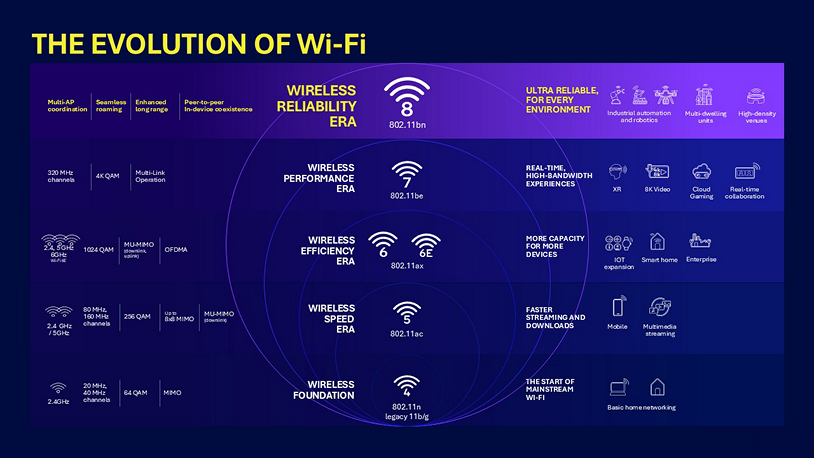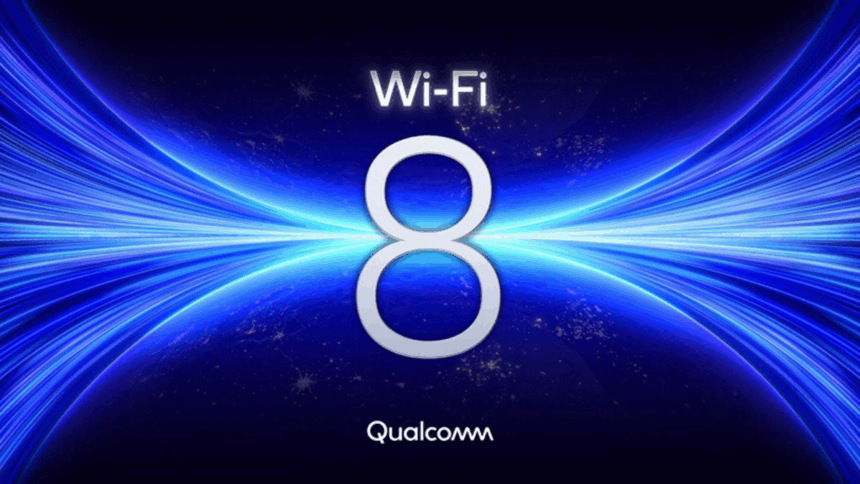Qualcomm has unveiled the first details of Wi-Fi 8, based on the IEEE 802.11bn standard, marking a major shift in how wireless connectivity is evolving. Unlike earlier versions that prioritized pushing peak download speeds, Wi-Fi 8 focuses on delivering a highly stable and reliable signal—no matter the environment.
Dubbed “Ultra High Reliability,” this new generation aims to minimize latency and virtually eliminate packet loss. The ultimate goal? To make wireless connections feel as solid and dependable as wired ones, even in demanding conditions.
Wi-Fi 8 promises a more consistent signal than ever
Qualcomm says Wi-Fi 8 will bring meaningful gains in performance, especially under tough conditions. The new standard is expected to deliver at least 25% faster transfer speeds, 25% lower latency, and a 25% reduction in packet loss—particularly during roaming between access points.


To reach these improvements, Wi-Fi 8 introduces several key innovations. One major feature is improved coordination between multiple access points, allowing them to work in sync to manage network traffic in crowded environments like stadiums, airports, or office buildings. This helps reduce interference and keep latency low.
Another standout upgrade is “continuous roaming,” which allows devices to move seamlessly between access points without dropping the connection—essential for real-time tasks and mission-critical applications. Wi-Fi 8 also boosts performance at the edges of signal range, enhances coexistence with other wireless technologies like Bluetooth and 5G, and is designed to be more power-efficient.
Source: Qualcomm











